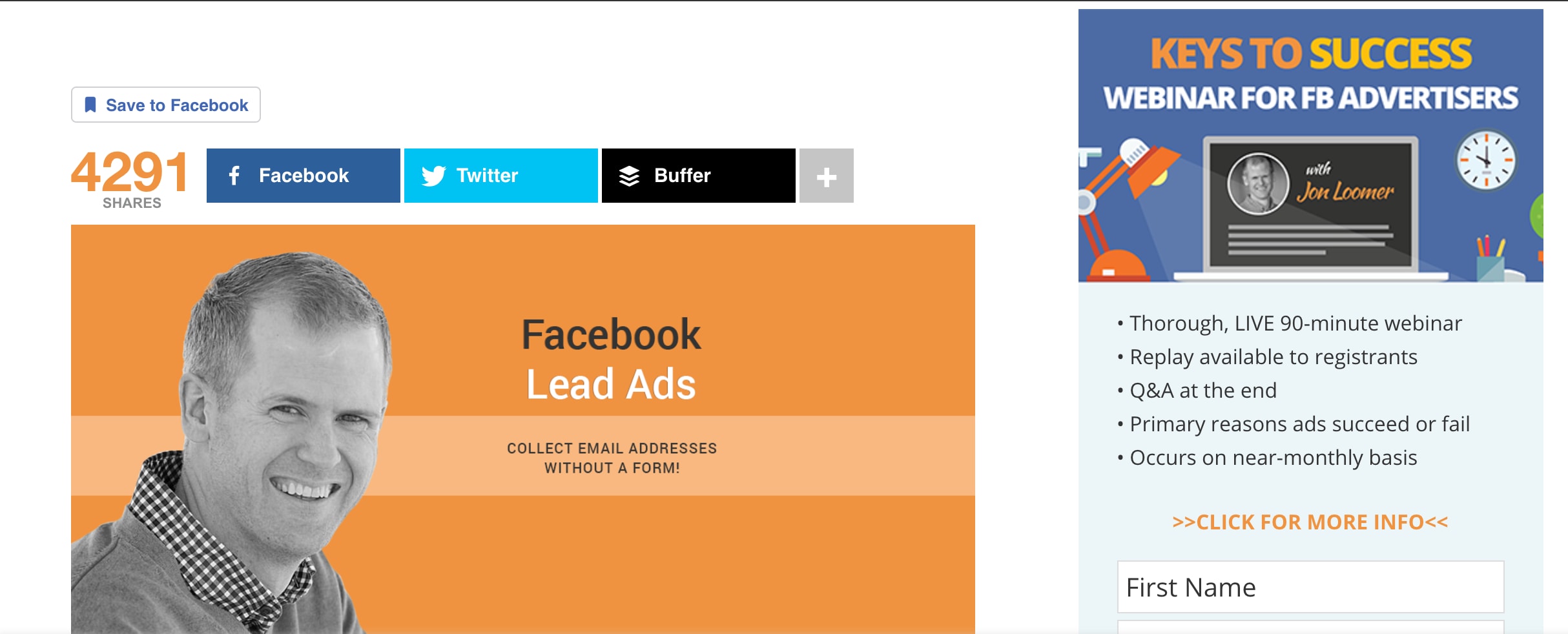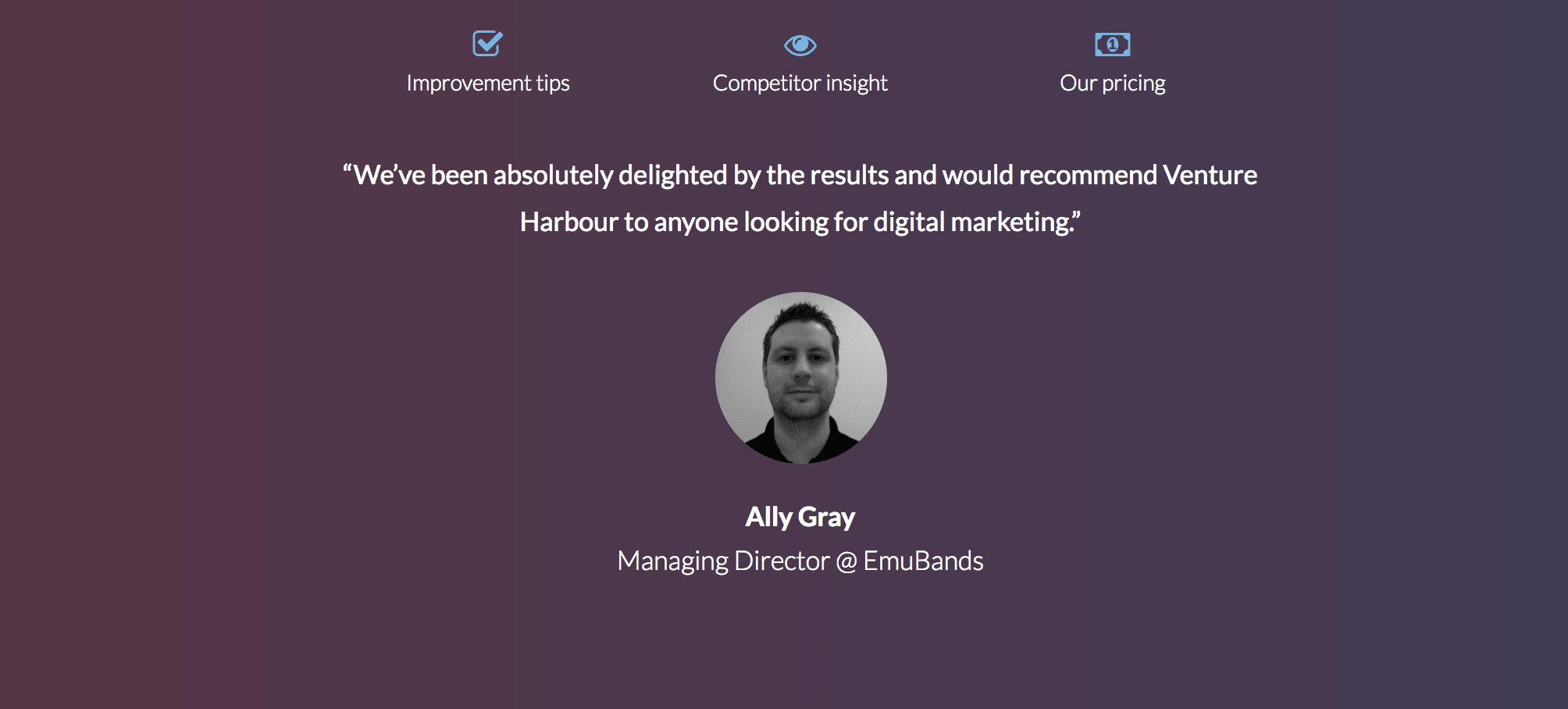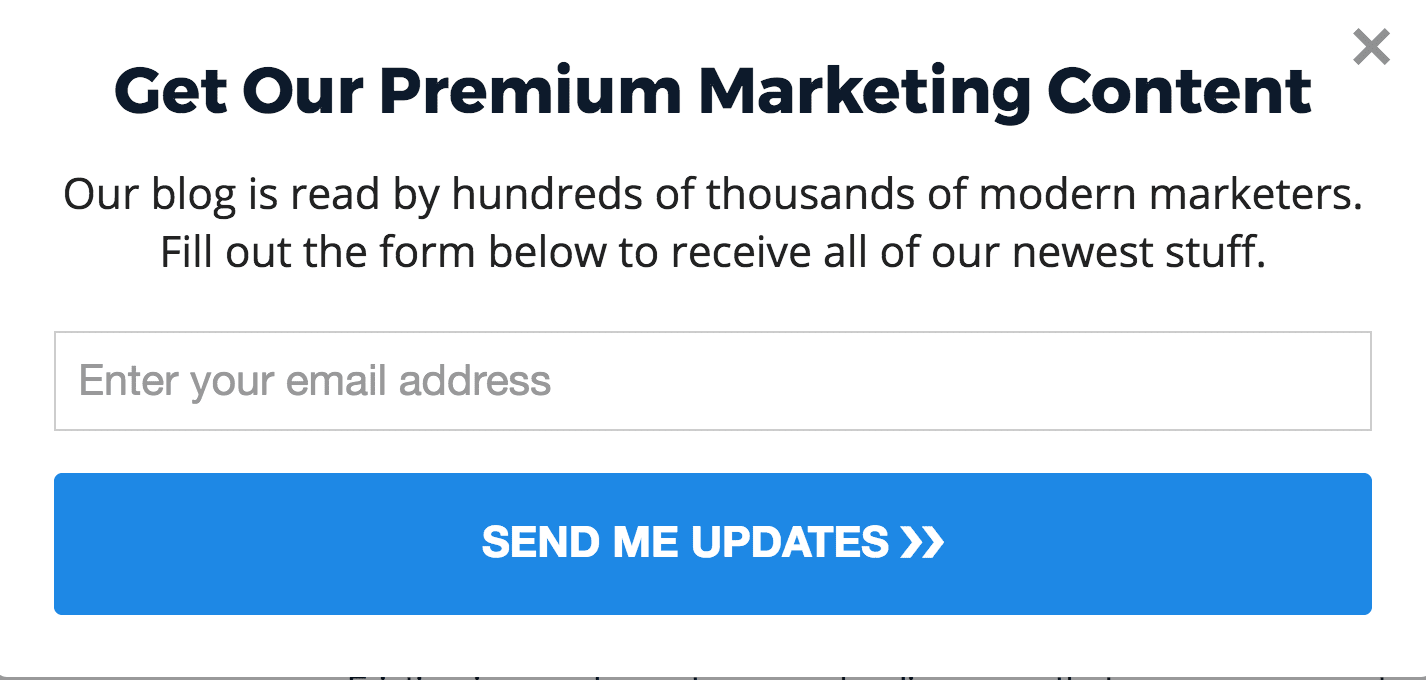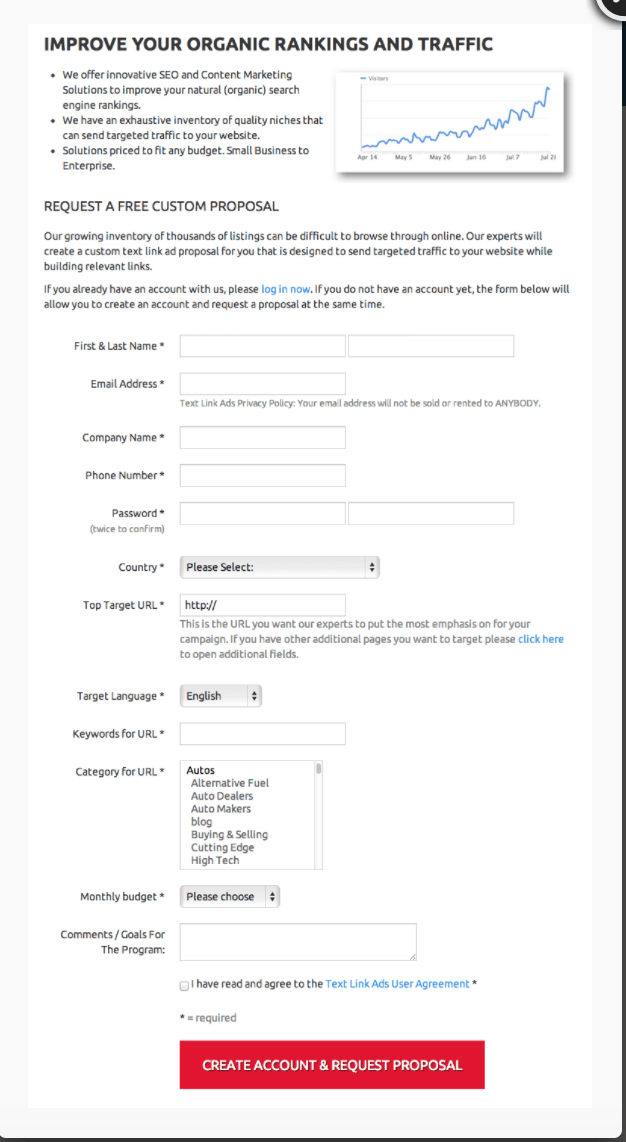The majority of visitors to a website do not convert. But businesses still have an opportunity to capitalise on web traffic by creating a lead capture form that actually works.
What is Lead Capture?
Lead Capture is the action when a user vitits your website and converts into a lead. This usualy happens when a user interacts with a page in an intended manner. For instance, filling our a form, clicking a link, or completing a transaction.
The design and structure of a lead capture page is pivotal to its success. The purpose of lead capture forms is to collect consumer data which you can use to your advantage at a later date.
Lead capture forms must fulfil two vital conditions; they must appeal to the consumer’s emotional sensibilities and attract visitors that are most likely to become customers.
The other thing to bear in mind is not to try and push a hard sell on people. The purpose of a lead capture form is to give consumers the option to ease themselves into a relationship with your brand. So here’s what to do.
#1. Capture attention
If you’ve gone to the trouble of creating a lead capture form, position it where people will see it. Far too often marketers place these forms at the bottom of an article or below the fold on a landing page.
Most readers don’t make it the bottom of a page, and if your intro does not encourage end-users to scroll down, your efforts of creating a lead capture page are laid to waste.
The positioning of a lead capture form is a key factor in the success of your campaign. Various types of pop-up ads are a common choice as they take up the entire screen. They are impossible to miss.
However, the error online businesses tend to make with placement ads is introducing them too early. When you do this, the forms are disruptive. Internet users don’t like this. If you do opt for a pop-up banner, set them to appear when visitors are about to leave your site and not whilst they are browsing it.
Alternatively, use a native ad. The rule of thumb is for the form to appear above the fold – but without making the lead capture intrusive. The best positioning is in the top right hand corner or alternatively, immediately below the header space.

#2. Minimise friction
Lead capture forms can be abrasive. Visitors don’t like their surfing to be interrupted, hence the rise in ad-blocking. Furthermore, they are not comfortable handing over their email address or other personal details to a brand they’ve only just discovered.
The formatting and design of your form will also enter their thinking. As a general rule, limit the number of fields to a maximum of five. But this will depend on the quality of data you need to collect to satisfy your campaign goals.
Bear in mind that more people are likely to fill in a form with fewer fields. This is particularly true if you are a small business that does not have the power of an online reputation. Sometimes, all you need is an email address.
#3. Longer = better quality leads
When crafting a lead capture form, determine the goals you want to achieve from the campaign. But take into account the points mentioned above about ‘intrusiveness’. Here’s the kicker:
short forms will generate more leads, longer forms generate better quality leads.
When customers are willing to fill in a form with more fields, it is a solid indication they have a higher intent to purchase. You still need to find a good balance between the quality of information you collect and the willingness of visitors to fill out lengthy forms.
Some considerations to consider;
- how established is your business? You need to have some pull for a multi-field lead generation form
- how unique is your product
- what is the quality of your product versus your rivals
- do you already have a reasonable email list? If you are building an email list go for a short form. If you want to refresh your mailing list with better quality leads, use a longer form
#4. Use an informative headline
To capture the attention of consumers, the quality of your headline makes all the difference. People need to know exactly what it is they are seeing. If the headline is not explicit and lead them into the rest of the ad, they immediately click away.
There are many ways to create captivating headlines in marketing. But when crafting headlines for a lead capture form, get straight to the point. Provide specific information and say exactly what you are offering.

The reason why the lead capture form above works so well is because it uses big, bold letters to state a claim. The subheading expands on the heading and provides readers with more information that explains what they can expect to receive by opting in.
#5. Elicit trust and authority
Trust is a major issue for internet shoppers. Online businesses are essentially faceless businesses and most visitors to your website have never heard of you. So why should they hand over their personal contact details?
The biggest problem for advertisers is the online market is saturated. Furthermore, far too many brands fail to deliver what they promise. Subsequently, the majority of consumers do not trust traditional advertising.
To overcome this obstacle, include evidence that supports the claim you are making, or content that positions you as an expert in your field.
#6. Reinforce the benefits of your offer
Every marketer knows to include the benefits of your product or services on your website. But few take any measures to reinforce those benefits in other forms of advertising like landing pages.
Highlighting the benefits is a means of informing new customers of what they can expect from your business. And repetition is a means of helping return visitors know what you are all about.

The lead capture page above is a good example of reinforcing the benefits. This is another one of ours. In this instance, we use a testimonial of an existing client to qualify the claim we make at the beginning of the ad.
#7. Offer a trial period
Consumers are more willing to hand over their personal details if they either have a genuine intent to purchase, or if you offer them an incentive they can’t turn down.
Use buyer intent to your advantage. By offering customers a free trial, you can expect the success rate of your lead capture form to multiply. There are significant reasons for this:
- the psychology of a consumer finds it difficult to resist anything that is free
- try before you buy is an incentive every consumer wants if given the opportunity
- free trials make a bold statement: this is your chance to prove your product is better than the competition
When you offer a free trial, there is risk of people abusing your offer. To avoid that problem, either put a time scale on the trial or a limit to the products of services you want to sell. You can also counter-balance your offer by asking for more information in order to wheedle out the time-wasters.
Let’s hark back to the conundrum we discussed earlier; how many fields should you include on a lead capture page? By levitating the incentive of a free trial, you have the licence to ask for more information.
More fields remember means better quality leads. And because the likelihood of consumers taking advantage of a free trial are higher,
the leads you achieve are more likely to result in more conversions.
#8. Offer a free gift
Not all businesses will be able to offer free trials. But that does not mean you can’t entice customers with the offer of a freebie. Your gift can be anything you like providing it is relevant and something people are likely to want.
For example, you could offer promotional gifts that raise awareness of your brand. Maybe you have written an e-book or whitepaper that is relevant to the search terms visitors used to find your landing page.
Give customers an incentive to leave their personal details with you. But also give them something they can’t get for free anywhere else. Or at the very least, make them believe they are getting access to free information they won’t find elsewhere.
For example, the lead capture above offers readers access to “secret” information. But the reality is, the contents of the free guide can probably be found on every digital marketing blog on web. What makes the lead capture form above work is the promise of ‘mastering’ the ‘essentials.’
#9. Make your offer noticeable
The general rule in marketing is that you have 8-seconds to grab the attention of your audience. In the case of lead capture forms, this statistic is a lot less.
If you fail to immediately grab the attention of end-users, they will click out of your website or continue without leaving their details. Therefore, make sure people can see what you are offering at a glance.
Use big bold letters that are clearly visible and does not clash with the background image. Also use appropriate visuals that reinforces your offer.
#10. Don’t forget the privacy policy
Thanks to the rise in cyber-crime and spam, consumers are reluctant to give brands their email address. It’s not the be all and end all of marketing techniques, but adding a privacy policy on your lead capture page does go a long way to evoking trust.
Now you know the marketing components you need to include in a lead capture form, take a look at our 21 examples of lead capture pages that convert for some design inspiration.






